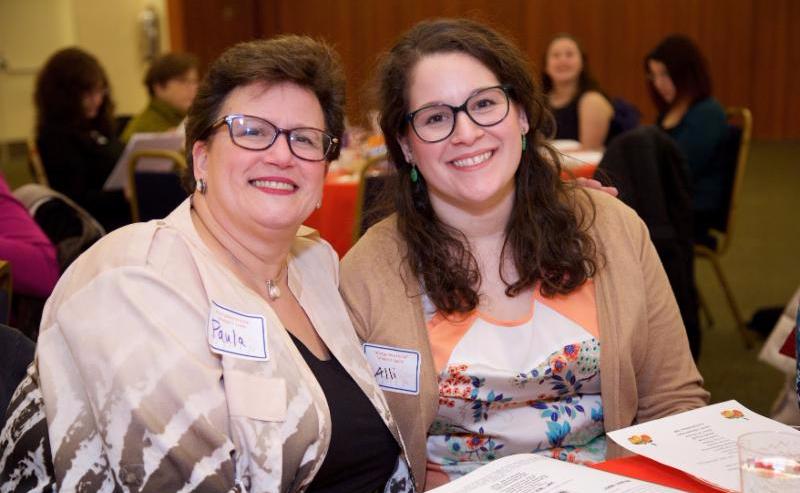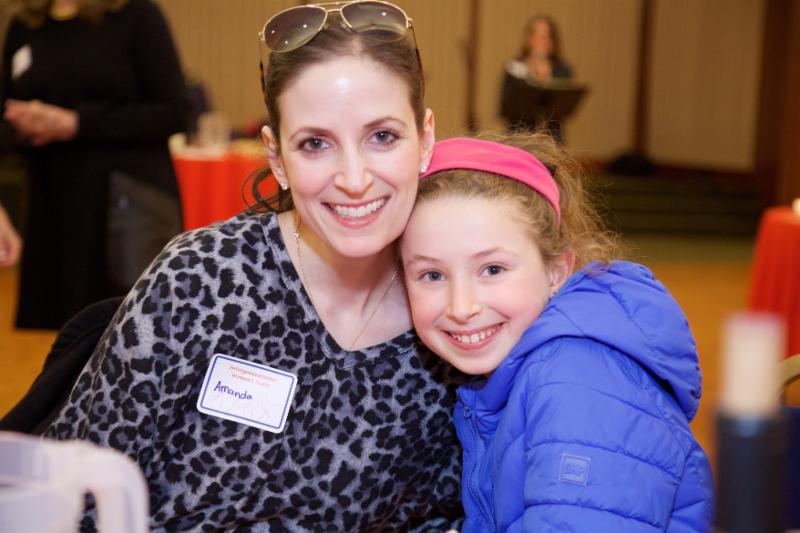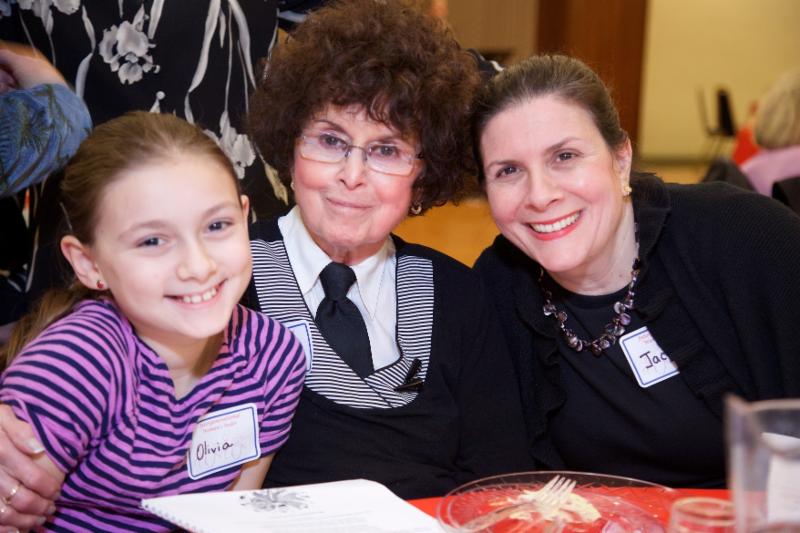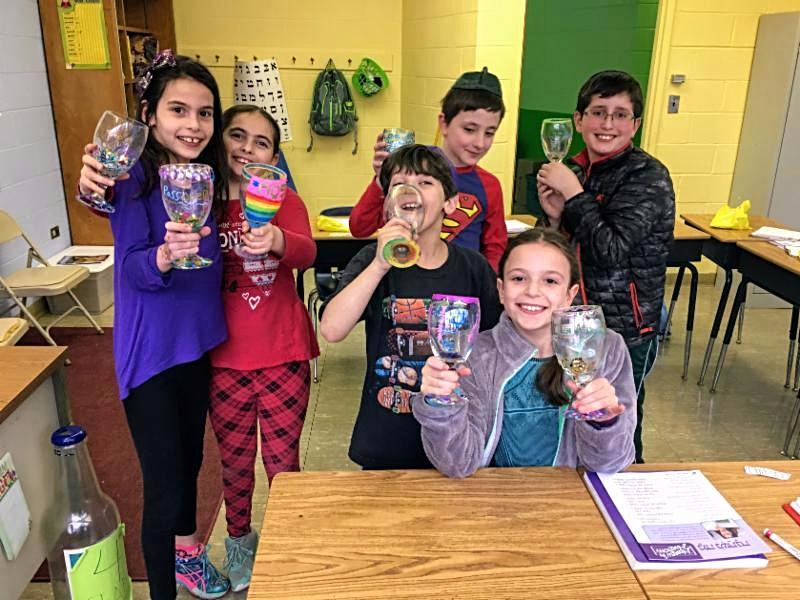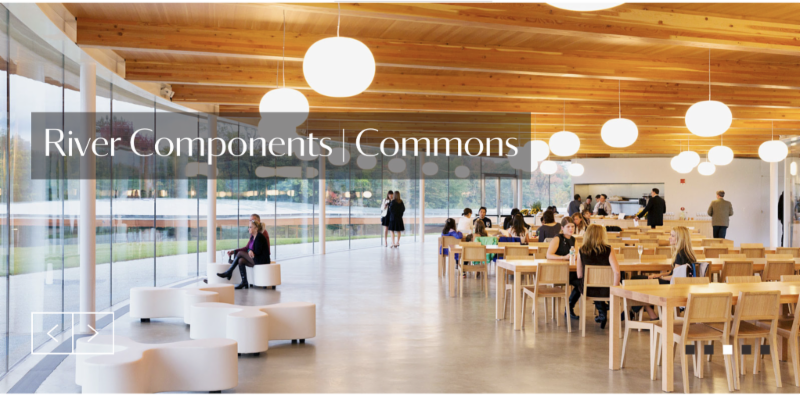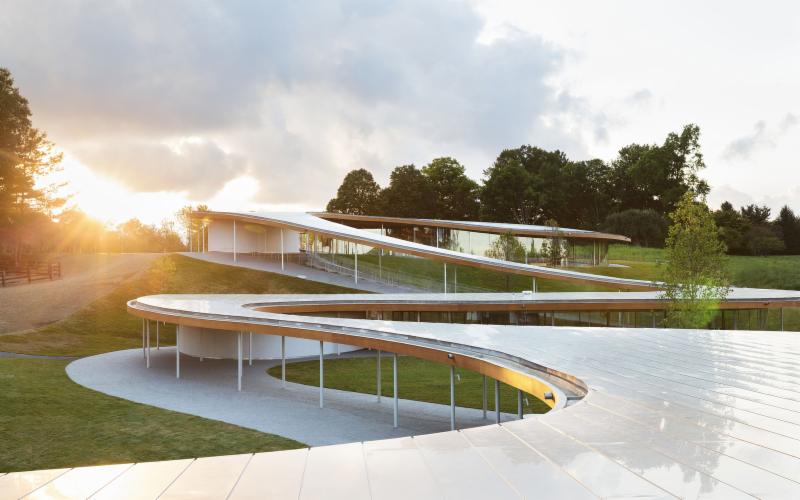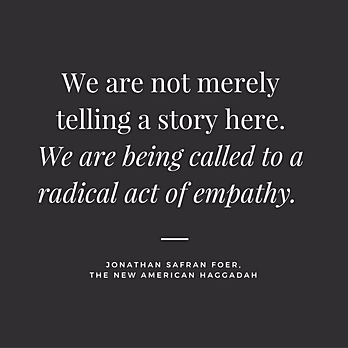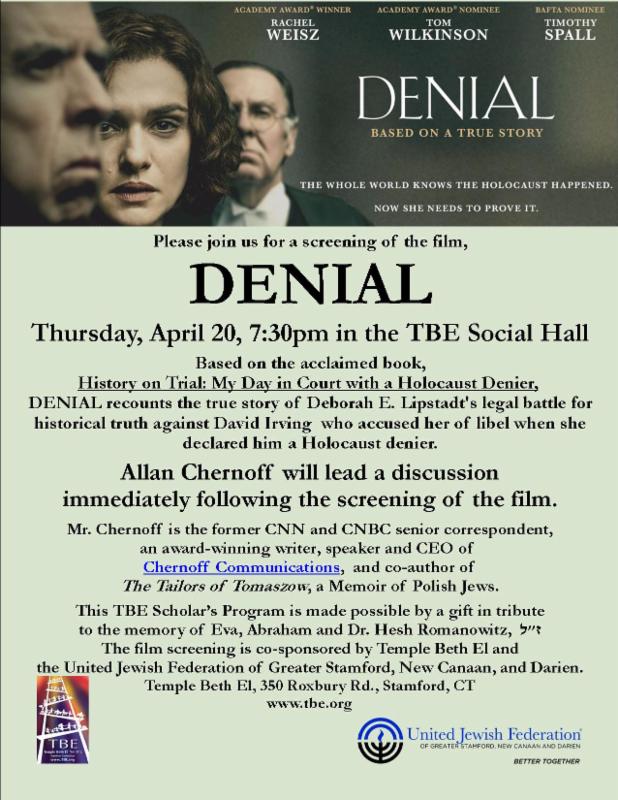The news on Thursday that scores of bomb threats against American Jewish
institutions were made by an American Israeli Jew brought back painful memories.
On a sunny Tuesday morning, Aug. 19, 1999, my synagogue was violated by
a vicious hate crime. A package of medical waste emblazoned with swastikas
had been tossed into our parking lot the night before. I walked out to the
corner of the lot. Our custodians had already cordoned off the area with
traffic cones, as if to contain the contamination — not of the bloody syringes
and tubes that were dumped, but of the swastikas themselves. They were
crudely drawn in marker, small, almost dainty spiders, like the stick-figure
drawings a first-grader brings home.
Only later did I feel the anger. My first sensation, astonishingly, was just the
opposite. For the first time in my life, I felt utterly connected to the essence
of the Jewish condition. Suddenly the eternal dialogue between God and
the Jewish people now ran through me. I was no longer a bystander. I had
become, in the eyes of at least one crazed individual, the Other.
I had never been personally attacked for being a Jew. But now, at last, there
it was, the Angel of Death in the corner of my synagogue’s parking lot, in
the form of a pathetic scribbled swastika. At last, I was one with Anne Frank,
Alfred Dreyfus and Natan Sharansky. I was a victim, which in turn gave me
license to choose — and to hate — a villain.
Recall that world of mid-1999. It was a summer of fear all across America,
but particularly for Jews. In the shadow of the Columbine massacre lurked
the figure of Dylan Klebold, grandchild of proud Jewish community bene
factors in Ohio who became not a Jew but
a hater of Jews, who admired
Hitler and white supremacists. Then there was Buford Furrow, who
attempted to murder Jewish preschoolers in Granada Hills, Calif.,
then proudly turned himself in proclaiming, “I killed the Jewish
children.” To those outrages were added the
torching of synagogues in Sac
ramento and Long Island.
What happened in my parking lot seemed to fit perfectly into this pattern of
hate crimes. And the leadership of Stamford and its surrounding towns —
places already burdened with a checkered history of intolerance — was
determined to respond proactively.
Within hours, TV trucks from Hartford and New York filled the parking lot.
I began receiving calls of condolence and support from fellow clergy and
politicians — sincere, heartrending expressions of sadness and regret. I
received a letter of stunning humility and shock from Bishop Edward Egan,
then of Bridgeport, who then followed up with a personal phone call. The
local interfaith council immediately organized a rally of community support
for local Jews. Hundreds of people came to the event, and community
leaders and pastors signed a scroll of tolerance that was presented to my
congregation. The chief of police vowed to upgrade patrols as the High Holy
Days approached. No efforts would be spared to apprehend the fiend.
I was exceedingly moved by these gestures. I recall sitting at the rally
listening to the speeches of love and support for Jews, imagining how history
could have been changed if this same scene had played out in Germany in
1933. Not to compare Heidelberg and Munich to Greenwich and Darien, but
I could not help but wonder how miraculous it is — and how simple — that
former bastions of prejudice can so quickly be turned into citadels of sym
pathy. It was if the person who intended to defile our sacred space had in
stead brought about a mass communal exercise in atonement.
But that viewpoint on the incident was short-lived. Several weeks later, the
perpetrator was apprehended — and shockingly, he turned out to be a Jew.
Not only that, but at one time he had been a member of my own congrega
tion. Alan Lorenz was a salesman of containers used to dispose medical
waste and, through some bizarre logic, he had apparently perpetrated this
outrage as a publicity stunt to improve business.
When
the arrest was made, I found myself in an awkward position.
Demonizing an unknown perpetrator had enabled the community to
come together as never before. So much good had come from this united
crusade against this latter-day Amalek, the biblical incarnation of evil.
And now Amalek, it turned out, was one of us.
But Amalek is always one of us, I now realize, because something of Amalek
resides within each of us. The battle against hate is internal as much as
external.
Ironically, Lorenz was charged with the federal civil rights crime of
obstructing persons in the free exercise of their religious beliefs. In fact, his
act had brought people to a deepened awareness of their faith attachments.
Service attendance increased substantially after the incident.
He had also clarified for us the battle lines, redrawn every generation,
between victim and villain. Everything was crystal clear, that is, until his
identity became known. I could feel myself backpedaling as I told the local
reporter that “we still must fight bias, whatever the source,” but my
discomfort was acute. It was embarrassing.
For Lorenz it was far worse. He sought and received psychiatric help.
Acquaintances later informed me of his general instability and his distress
over what had transpired. I never met him. Two years later, he died, an
apparent suicide.
I can’t exactly dedicate this to Alan Lorenz, but, with this week’s arrest in
Israel in mind, maybe his death can come to have a purposefulness that
eluded him in life. Before I knew his identity, I turned Lorenz into a devil
that he never was. The lessons I learned then are worth recalling now.
Perhaps I was also too quick this time to assume that the perpetrator
making threatening phone calls to Jewish Community Centers was a white
supremacist or an Islamic State-inspired extremist — and maybe the
surprising facts present an opportunity for healing here in America. Maybe
President Trump can ask in this moment that our society steer away from
hate, rather than barrage the reeling Jewish community with a fusillade of
“I told you so.”
And perhaps my sense of betrayal and anger must be accompanied by a
new resolve to address the widening gap between Israelis and American
Jews. This is a moment of profound sadness for both Jewish communities
— we need to ask how our cruel stereotypes of other Jews might have led
this teen astray.
I have come to realize that the line between victim and villain is not so easy
to draw. It’s squiggly and amorphous. Kind of like a chalk-drawn swastika
after a few days of rain.



